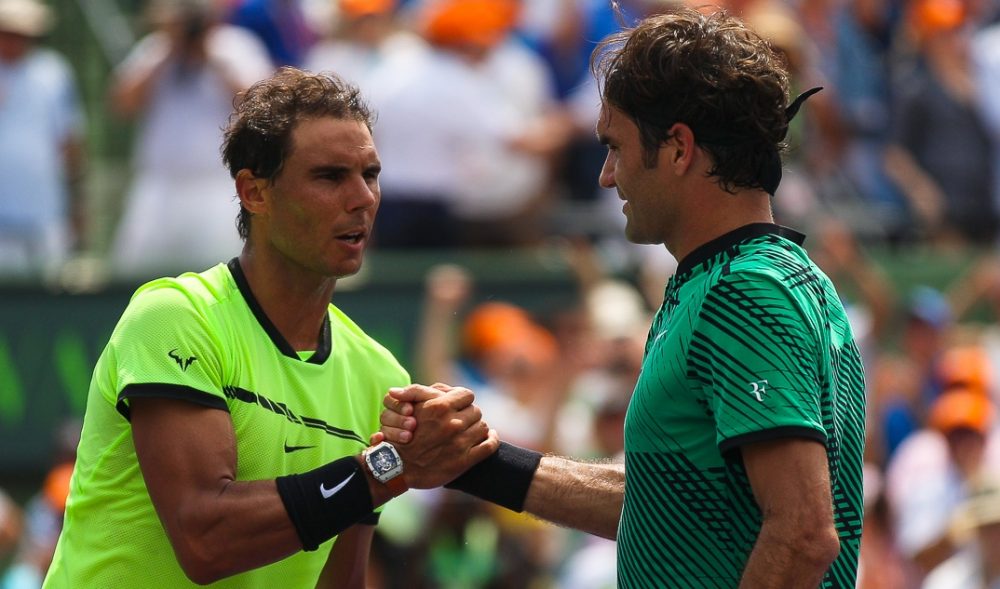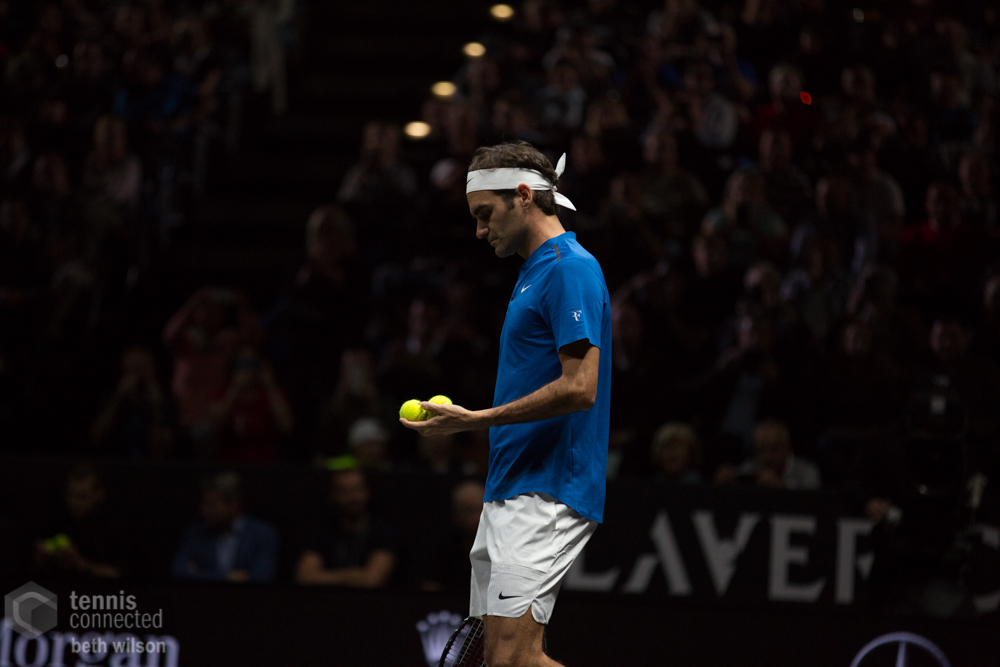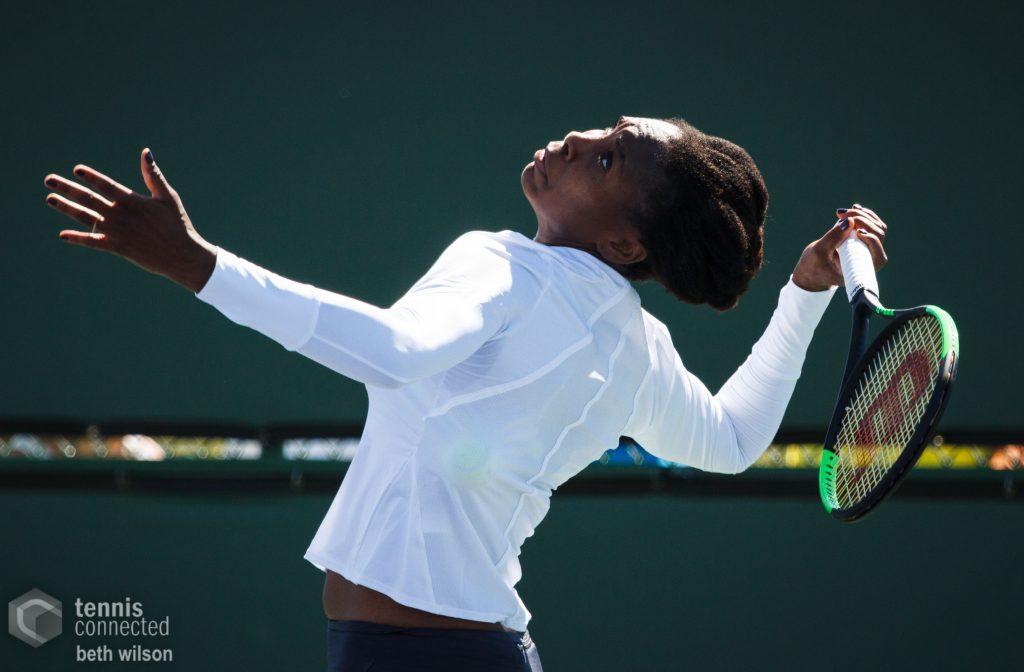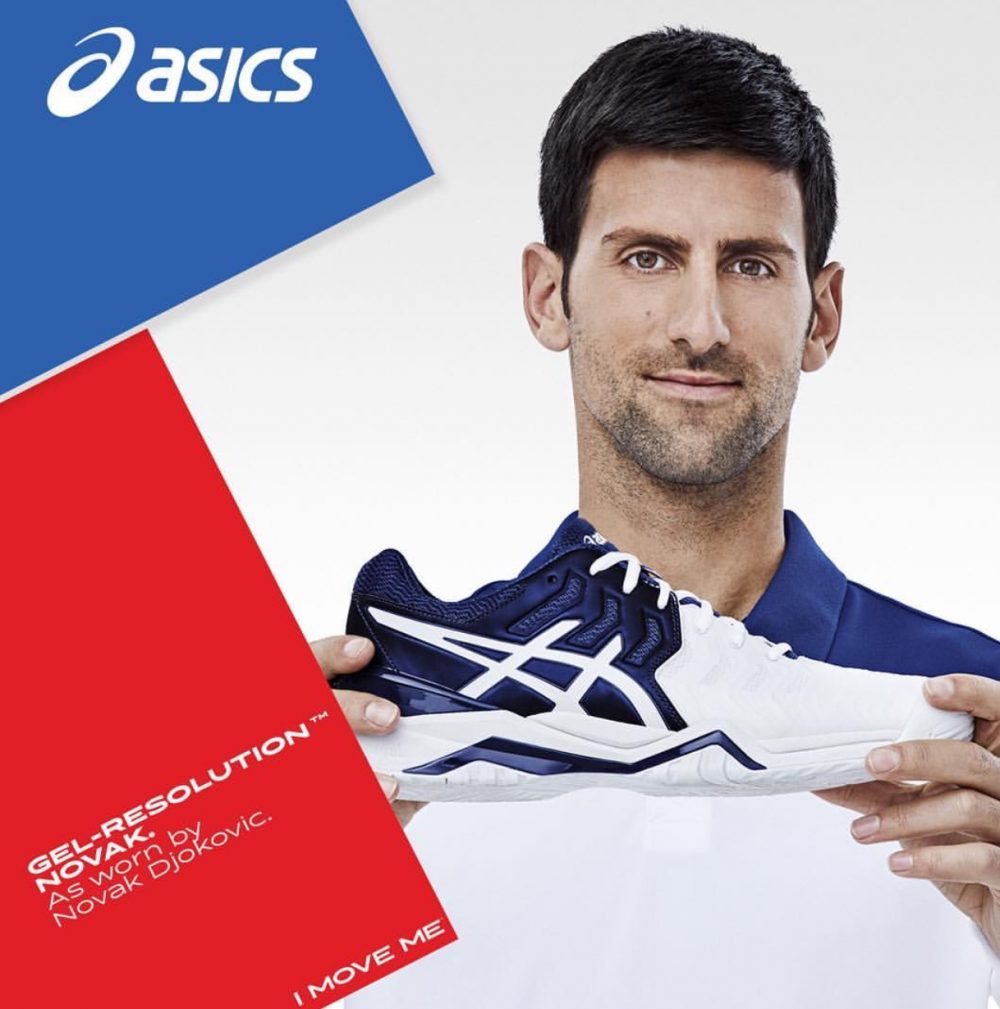So far this year, when we’ve said “ready or not, the Australian Open is here,” the emphasis has been on the “not.”
Serena Williams, Andy Murray, and Kei Nishikori all thought about declaring themselves ready, before finally deciding against it. Rafael Nadal and Stan Wawrinka, after sitting on the fence for a few weeks, are all-in. Novak Djokovic, who has been on that same fence, sounds as if he’ll join them in Melbourne next week.
Uncertainty at the top means opportunity for the rest of the men’s and women’s fields. Here, in our five story lines to follow Down Under, is a look at who might be ready—or not—to take advantage of those opportunities.
*****
Can a 36-year-old really be a Grand Slam favorite?
The 36-year-old in question is Roger Federer, of course. I asked a similar question of him before Wimbledon last year, when he was a sprightly 35-year-old, and we all know how that turned out. Federer was the favorite in London, and if anything he’ll be an even stronger favorite in Melbourne next week. Federer is rested, and over the last 12 months, a rested Federer has been an unbeatable Federer. Even more promising for him, he’s now the healthiest of all the contenders.
There are a few caveats, naturally. Will the courts at Melbourne Park play as fast as they did last year? It would make little sense to slow them down again, considering how many high-quality matches there were Down Under in 2017. Will Djokovic be a factor? Federer avoided him entirely last season, but the Serb has won their last four matches at majors, and this time they could meet earlier in the event than usual. Finally, last year Federer had to survive three five-setters, against significantly younger players, in his final four rounds. What are the chances he can do something like that again?
*****
Can a 37-year-old really be a Grand Slam favorite?
The 37-year-old in question is Venus Williams, of course. I ask this question for two reasons: (1) Venus was the best performer at the women’s majors last year, losing in two finals and a semi; and (2) the players who beat her at those majors either aren’t in the draw (her sister Serena), are struggling with injury (Garbiñe Muguruza, who withdrew from Sydney with a leg issue this week), or are struggling with form (Sloane Stephens, who hasn’t won a match since winning the US Open in September).
All of that said, it’s still hard to classify Venus as the favorite. She’s never won the Australian Open. She hasn’t gone all the way at any Grand Slam event since 2008. And she lost her opener in Sydney to another player who has a chance at the title, 2016 champion Angelique Kerber.
No woman stands out as the player to beat, but Serena’s absence opens up a lot of intriguing possibilities—look what happened at the majors when she wasn’t around last year. Karolina Pliskova has a classic Slam-winning power game, and she seems to have dedicated herself to the task of winning a major in a way that some of her tour-mates haven’t. Coco Vandeweghe reached the semifinals here in 2017, and has turned herself into a big-match specialist. Julia Goerges is playing the best tennis of her career at 29. Johanna Konta and Madison Keys have each made the semis in Melbourne. Elina Svitolina won in Brisbane and is due for a deep Slam run. And then there are the No. 1 and No. 2 players in the world…
*****
There’s an opening for either Simona Halep or Caroline Wozniacki to win her first major. Can one of them walk through it?
Halep is No. 1 for the first time in her career; Wozniacki is No. 2 for the first time since 2011. Halep began the season by winning the title in Shenzhen; Wozniacki finished 2017 with the biggest title her career, at the WTA Finals in Singapore, and reached the final last week in Auckland. Each has played well in Australia in the past: Halep has been to the quarterfinals twice, while Wozniacki had a match point to reach the final in 2011. Most important, perhaps the only two players who would definitely be favored to beat them, Serena Williams and Victoria Azarenka, aren’t in the draw. Assuming that Serena and Vika return for the French Open, this may be the best chance that Halep and Wozniacki have of leaving the tag “Slamless No. 1” behind for at least a year.
But there will be at least two things working against the Dane and the Romanian. (1) Since both women win with speed and scrappiness rather than power, Melbourne’s newly quickened courts should give their harder-hitting opponents an advantage; and (2) Tradition says that, when it comes to women’s majors, offense, rather than defense, wins championships. If Halep or Wozniacki is going to hold the trophy at the end of these two weeks, she’ll have to defy her own history, and recent WTA history.
*****
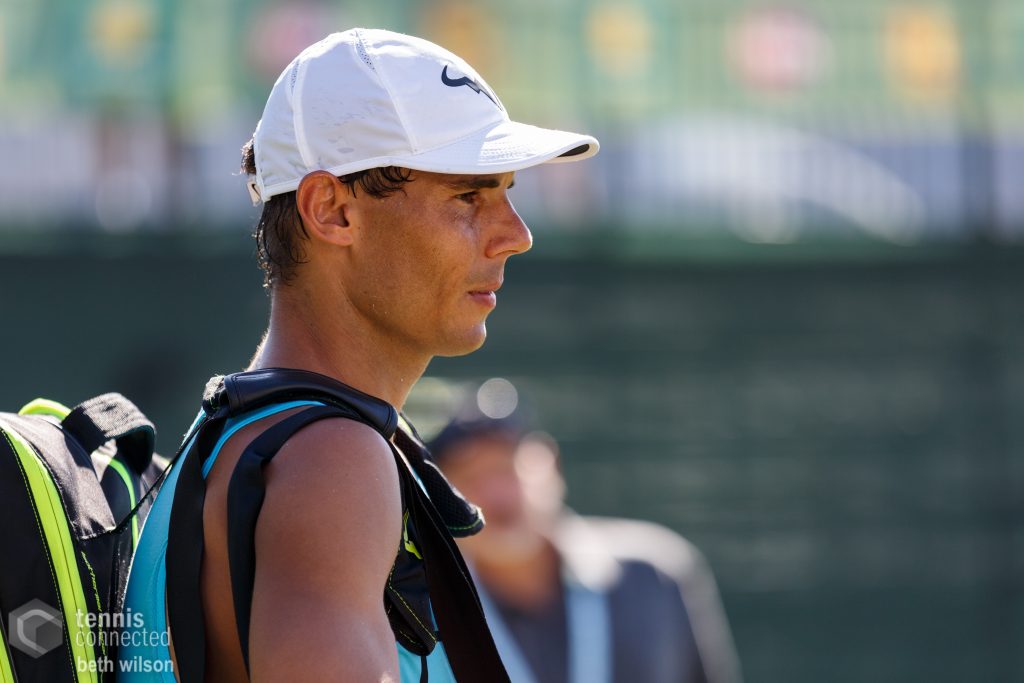
What should we expect from Nadal, Djokovic, and Wawrinka?
Rafa is obviously farther along in his recovery process than Novak or Stan. While they were forced to end their 2017 seasons at the mid-point, Nadal went on to win the US Open and finish the year No. 1. He’ll be the top seed in Melbourne, and the second favorite after Federer. He’ll also come to Australia with a special motivation; it was one of the last goals of his uncle and former coach, Toni Nadal, that Rafa win a second Aussie Open, and become the only man in the Open era other than Rod Laver to win all of the majors at least twice. Still, there’s no guarantee that Nadal’s creaky knees will hold up for seven best-of-five-set matches. At his last two tournaments in 2017, he played his opening match before pulling out, and he had to withdraw from his first tournament of 2018, in Brisbane.
As for Djokovic and Wawrinka, we’re in uncharted territory. Their recent injuries were a good reminder of how healthy these two have been; each entered his first Grand Slam event in 2005, and neither missed one until 2017. We know Djokovic is capable of beating anyone, especially at the Australian Open, where he’s a six-time champion. And we know that Wawrinka specializes in coming out nowhere to win major titles. But this would seem to be a Slam too soon for both of them. I’m guessing they’ll be happy just to get their seasons underway without further physical incident.
*****
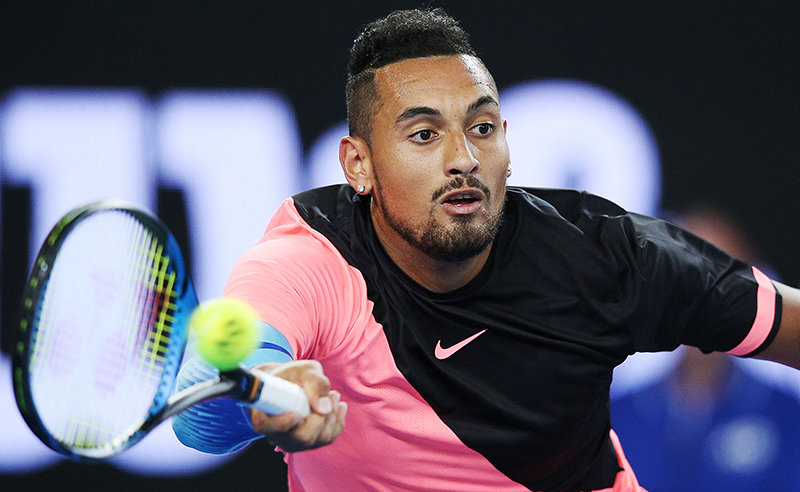
Is there a chance we finally see a changing of the guard on the men’s side?
The ATP is in what would seem to be a unique situation: There’s not one, but two generations of players waiting in the wings to take over from the one that has dominated for the last decade.
The older of those two generations is now entering its late 20s, and is currently led by Grigor Dimitrov. He ended last season with his most significant win, at the World Tour Finals in London, and he nearly reached the Australian Open final last January. But do we think he’s ready to knock off Federer in an Oedipal duel? Dimitrov may be, but Federer doesn’t look ready to be knocked off just yet.
The younger generation, which should be entering its collective prime, is currently led by Nick Kyrgios and Alexander Zverev. Kyrgios won in Brisbane last week, and Zverev made himself into one of the tour’s most consistent performers last year. But questions still surround them at the Slams. Neither has reached so much as a semifinal at a major. Kyrgios, for a guy with a reputation as a big-stage player, tends to let himself get overly agitated when he’s on one. That’s especially at his home Slam, where he has lost early the last two years. Zverev has the opposite problem; he has yet to find a way to elevate his solid and steady baseline game into something more proactive and aggressive for the Slams. Too often, in best-of-five-set matches, he has let his opponent hang around, and let a win slip through his fingers.
Next Gen will become the Now Gen someday, but when you have two guys with a combined 35 Grand Slam titles between them, who are also the top two seeds, you keep your money behind them.







